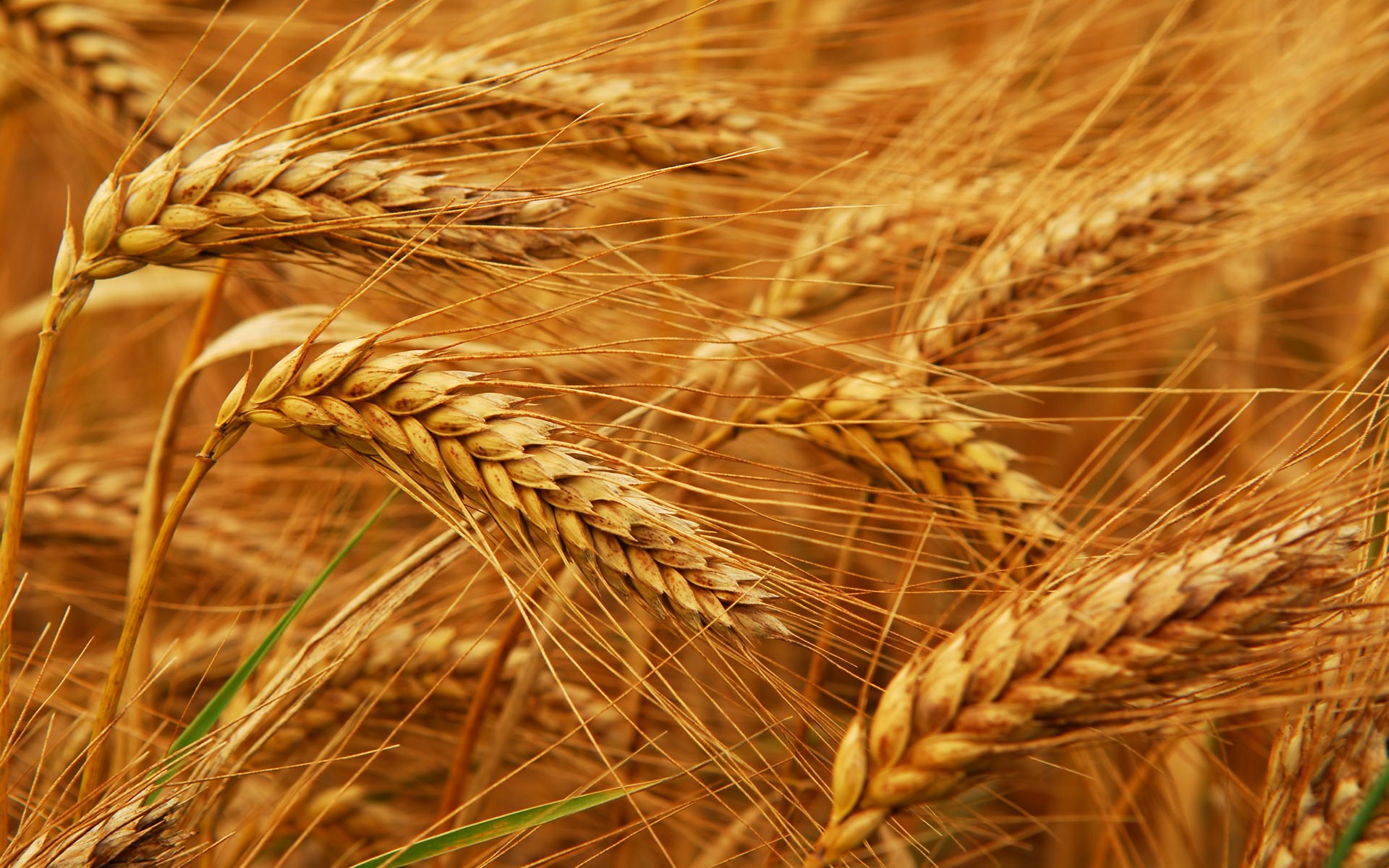Grow Your Own Grains
Plant and grow grain seeds (wheat, oats, or barley) in pots, observe germination and growth, measure changes, and harvest tiny grains.



Step-by-step guide to Grow Your Own Grains
Watch a Seed Sprout! | Squeaks Grows a Garden! | SciShow Kids
Step 1
Pick which grain seeds you want to grow today such as wheat oats or barley.
Step 2
Fill your pot with potting soil leaving about 2 cm of space at the top.
Step 3
Gently press the soil with your fingers so the surface is level.
Step 4
Make shallow holes about 1 cm deep across the soil using your fingertip.
Step 5
Drop one or two seeds into each hole.
Step 6
Cover the seeds with a thin layer of soil to hide them.
Step 7
Water the soil gently with a spray bottle or a small cup until it is evenly moist but not soaked.
Step 8
Write the seed type and today’s date on a label and stick it to the pot.
Step 9
Put the pot on a sunny windowsill or under a grow light where it will get steady light.
Step 10
Check the soil every day and water lightly whenever the top layer feels dry.
Step 11
Measure the height of the seedlings every two days with your ruler and write the numbers in your notebook.
Step 12
When the grain heads turn brown and dry cut them off with scissors and lay them on a plate to finish drying.
Step 13
Take a photo or write about your grown grains and share your finished creation on DIY.org.
Final steps
You're almost there! Complete all the steps, bring your creation to life, post it, and conquer the challenge!


Help!?
What can we use if we don't have potting soil or a spray bottle?
Use garden soil mixed with compost or coconut coir to fill the pot as in step 2, and water gently from a small cup instead of a spray bottle as suggested in step 7.
My seeds aren't sprouting or the seedlings look weak—what should I check?
Check that you planted fresh seeds no deeper than about 1 cm (step 4), keep the soil evenly moist but not soaked by watering gently (steps 7 and 10), and move the pot to a sunnier windowsill or under a grow light if seedlings are leggy (step 8).
How can I adapt this activity for different ages?
For younger children, have an adult fill the pot and help make the 1 cm holes while the child drops seeds and presses the soil (steps 2–6) and supervise cutting dry grain heads with scissors (step 12), while older kids can plant different grains, record ruler measurements every two days, and analyze growth in the notebook (steps 11–11).
How can we extend or personalize the Grow Your Own Grains activity?
Plant two pots with different grains to compare growth, decorate and color-code the labels you stick on the pot (step 8), keep a photographed growth chart from your ruler measurements (step 11), and share a photo or write-up on DIY.org when finished (step 13).
Watch videos on how to Grow Your Own Grains
How to Grow, Thresh, and Mill Your Own Wheat for Bread
Facts about plant growth and gardening
⏱️ Many cereal seeds can begin germinating in just 2–7 days under the right conditions — you can often see shoots within a week.
🥖 Although the grains you harvest from pots are small, cereal crops worldwide produce enormous amounts of flour used in breads, pastas, and cereals every day.
🌱 Each grain seed contains a tiny plant embryo plus stored food (the endosperm), so with water, warmth, and air it can sprout on its own.
🌾 Wheat, barley, and oats are cereal grains people have cultivated for thousands of years — some archaeological sites show grain farming over 10,000 years ago.
📏 Young seedlings can grow visibly day by day — measuring height, leaf count, and time to first true leaf makes a great science journal activity.
How do I plant and grow wheat, oats, or barley in pots with my child?
What materials do I need to grow grain seeds in pots?
What ages are suitable for planting and growing grains with kids?
What are the benefits of growing grains with kids and are there safety tips or easy variations?


One subscription, many ways to play and learn.
Only $6.99 after trial. No credit card required



